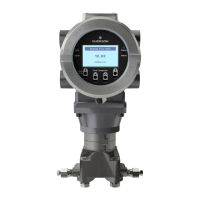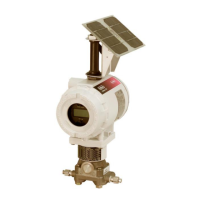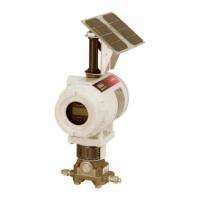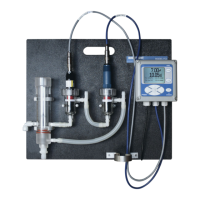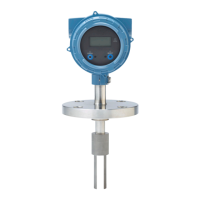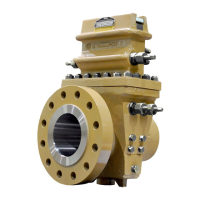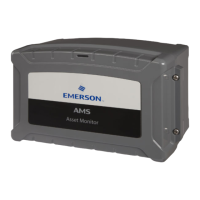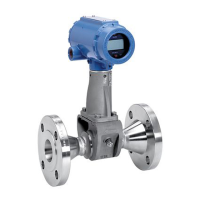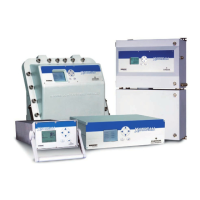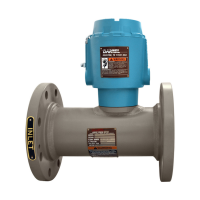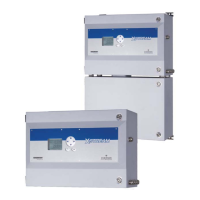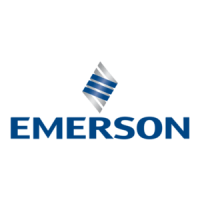



Do you have a question about the Emerson FB1100 and is the answer not in the manual?
Wiring requirements for non-incendive and unrated circuits in hazardous locations.
Guidelines for connecting communication ports, emphasizing non-hazardous area use.
RTD connection is non-incendive; Division 2 wiring is not required.
I/O connections are unrated and require Division 2 wiring methods.
Warnings for connecting/disconnecting, component substitution, and battery handling.
Use in Class I, Division 1; unrated circuits require specific wiring methods.
Caution on accessing local port in Division 1 areas without verifying non-hazardous conditions.
No connections to communication ports unless area is verified non-hazardous.
RTD connection is non-incendive; use explosion-proof conduit for Div 1.
Warnings for connecting/disconnecting, component substitution, and battery handling.
Device evaluated against IEC 60079 and EN 60079 standards for safety.
Details on terminal blocks: conductor types, torque, wire size.
Voltage limits, impact tests, battery restrictions, static charge precautions.
Device evaluated against IEC 60079-0/1 and EN 60079-0/1 standards for flame-proof use.
Maintenance, diaphragm considerations, and referencing replacement guides.
Explains safety labels and their meanings.
Lists key features of the FB1100 Flow Computer.
Details the CPU, its speed, and operating system.
Describes SRAM and Flash memory usage for configuration and firmware.
Describes the enclosure material, conduit entries, and certifications.
Details retaining clamps and tie holes for tamper-resistant seals.
Lists base inputs for Pressure, DP, RTD, and digital output.
Explains DC input, battery, and solar panel power sources.
Overview of serial communication ports and protocols.
Describes the LCD display, LEDs, and buttons for local operation.
Details wireless connectivity for field technicians.
Options for internal and external antennas and their ranges.
Introduction to FBxConnect for configuration and updates.
Describes low-power, year-long data logging with battery.
Statement on RoHS compliance for the device.
Recommendations for network security with industrial routers.
Certifications for Class I Div 1/2 and ATEX Zone 1/2 hazardous areas.
Specifies operating temperature, humidity, and vibration limits.
Lists necessary tools for installation and servicing.
Factors for selecting an accessible and suitable installation location.
Best practices for wire termination and cable management.
Information on the two threaded covers for enclosure access and viewing.
Procedure for securing/releasing clamps on ATEX/IEC applications.
Steps to safely unscrew and remove end caps.
Steps to align and seal end caps after installation.
Methods for mounting the flow computer directly or indirectly.
Guidelines for using specific bolts and torque for secure mounting.
Proper installation and inspection of O-rings for leak-free seals.
Mounting the unit directly to a pipeline manifold.
Mounting using pipe or pole mounting kits.
Optional rotation of the housing for better access.
Instructions for connecting the grounding lug to earth ground.
Overview of terminal blocks for power and I/O connections.
Explanation of Low Power and Standard Power modes for energy saving.
Details on low power consumption and automatic switching.
Conditions under which the unit operates in standard power mode.
Methods for connecting external DC, battery, or solar power.
Wiring instructions for external DC power supplies.
Procedures for connecting internal battery packs.
Instructions for installing the 6W solar panel for power.
Steps to attach brackets and hardware to the solar panel.
Mounting the panel directly onto the flow computer.
Mounting the panel to a pole.
Wiring the solar panel to the device's power terminals.
Optimizing panel angle for maximum solar exposure.
Connecting to PCs, laptops, or other devices via serial ports.
Wiring and configuration for RS-232, RS-485 (2-wire/4-wire) on COM1.
Wiring and configuration for RS-232, RS-485 (2-wire) on COM2/COM3.
Wiring instructions for connecting RTD temperature sensors.
Connecting the digital output terminal for external control.
Procedures for turning the flow computer on and off.
Methods to connect the flow computer to external systems.
Connecting and communicating via a SCADA system.
Connecting and communicating using a serial cable to a laptop.
Connecting and communicating wirelessly via FBxWifi.
Interacting with the device via its local display and buttons.
Procedures for returning the unit for warranty or repair services.
Understanding the meaning of status indicators shown by LEDs.
Functionality of physical switches and buttons for operation and troubleshooting.
Step-by-step guide for replacing the HMI module.
Instructions for replacing the primary battery pack.
Procedure for replacing the coin cell battery for SRAM backup.
Steps to download and install new system firmware.
Settings for averages and history points for 12-month operation.
Instruction to disable discrete output for autonomous mode.
Restrictions on LCD, FBxWifi, and serial port usage to 30 min/month.
| Brand | Emerson |
|---|---|
| Model | FB1100 |
| Category | Measuring Instruments |
| Language | English |
